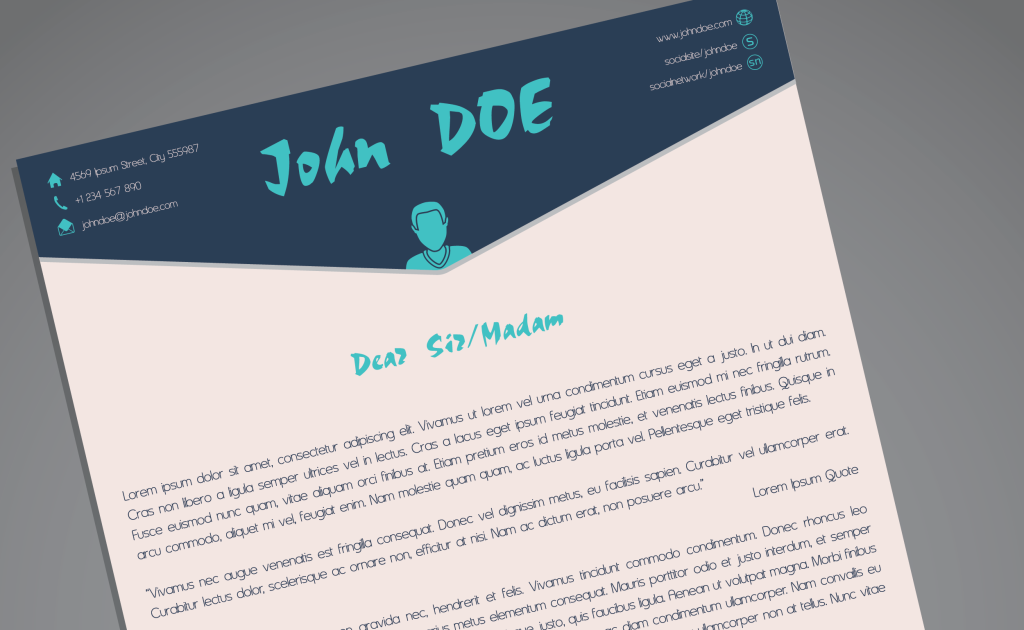I love playing the low D. But while there is a lot of info out there, I could find very little to help me get started. Now I still have far to go so I am far from an expert, but this is what I learned, and I hope it helps you as well.
- It’s not about the whistle, it’s about you (yes it’s all about you). Playing the low D whistle is vastly different from the high whistle. It’s like going from a violin to a double bass and wondering why you are struggling. It’s going to take time to tame the whistle and get the hang of it, so be patient. From what I have seen, the low whistles are all way more pricey and are all more difficult to play, you are unlikely to get a “dud”. When I got my low D I literally could not get a sound out of it that didn’t frighten my neighbours (aside from C# that is).
- Get used to pipers grip. I have massive hands (I can play an octave and a half on the piano with 1 hand), but I still have to use pipers grip. I know some whistles have closer fingering than others, and you can get the expensive chimney-style whistles, but if you don’t learn pipers grip, you’ll only ever be able to play that one whistle. And as a lefty-guitar player it’s so frustrating seeing all the guitars I cannot play. I don’t want that on the whistle. And I will admit that as a piper it wasn’t too hard to move the grip to the whistle, but it’s still a completely different feeling on the whistle.
- If you are straining your fingers, or your hands start to hurt, you’re doing it wrong. I get the best sound by far when my hands are relaxed. As soon as they tense up, the squeaks and squawks started. The fingers need to just lightly brush over the holes. They don’t need to be strangling the whistle.
- The low notes are much harder to play. For me, D and E are the tricky ones, they want to go into the high registers, or have a squeaky and tinny sound because they aren’t sure if they are high or low. For that you need breath control, and to learn what air is required for the different notes (it sounds easy but I have a lot of breath control/diaphragm work ahead of me). Ben Walker gave me some great exercises and tips on this.
- And finally as the Beatles said “it’s getting better all the time”. I record myself and I listen back. Day to day I don’t see any change, but over a couple of weeks, I see a big change. So be patient, learning a musical instrument isn’t a short-term project, its takes time. And the low whistle takes a lot longer to get a nice sound than the high whistle.
Anyway, I hope these tips help. It’s just some advice from a beginner, but maybe it will help you.
This clip (Happy new year), shows me using Piper’s Grip on a James Dominic low D.
PS: I have two low D whistles, there are from (I get no affiliate income):
- James Dominic (excellently priced starter low D) and
- Howard (pricier, but excellent workmanship and sound)

